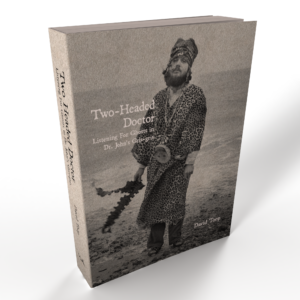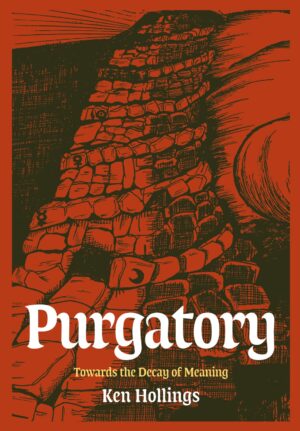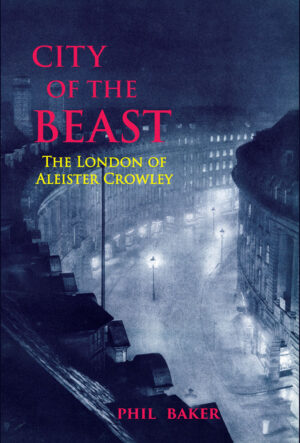Listening For Ghosts In Dr. John’s Gris-Gris

By David Toop
Paperback: £19.99
Hardback: £35.00
Published in two editions, a standard trade paperback and a limited edition hardback with dustjacket.
Paperback with flaps
148mm x 210mm
300 pages (approx)
ISBN: 9781913689605
“An extraordinary LP begets an extraordinary book. Two-Headed Doctor is about spectral America, the porosity of identity, racial drag, syncretic spirituality, nocturnal transmissions, fantastical fabulation. No one listens more deeply – or more hemispherically – than David Toop; no music writer is more entrancing or contagious”
– Sukhdev Sandhu
“Dr John might have come into being just so David Toop could unravel his mysteries. We bump into our Two Headed magus in a twilight zone across the river, where a strange ceremony is underway. The celebrants include Ornette Coleman and Sonny Bono, Nick Tosches and Margaret Mead, Princess Lotus Blossom and Prince La La, Ishmael Reed and Irma Thomas, Gábor Szabó and Bing Crosby. There are marshmallow sandwiches and musical bones, frogs and tambourines. Irish fiddlers and Egyptian sistrum players vamp together. Joseph Conrad and Merle Haggard meet on the same burial ground. Baron Samedi is snapped on a beach in Sussex. The dead among the living. All fictional, all real.”
– Ian Penman
Two-Headed Doctor is a forensic investigation into a single LP: Dr. John, the night tripper’s Gris-gris. Though released in 1968 to poor sales and a minimum of critical attention, Gris-gris has accumulated legendary status over subsequent decades for its strangeness, hybridity, and innovative production. It formed the launch pad for Dr. John’s image and lengthy career and the ghostly presence of its so-called voodoo atmosphere hovers over numerous cover versions, samples, and re-invocations. Despite the respect given to the record, its making is shrouded in mystery, misunderstandings, and false conclusions. The persona of Dr. John, loosely based on dubious literary accounts of a notorious voodooist and freed slave, a nineteenth-century New Orleans resident known as Doctor John, provided Malcolm “Mac” Rebennack with a lifelong mask through which to transform himself from session musician in order to construct a solo career.
Somewhere between puzzle, experimental rhythm, blues disguised as rock, and elaborate hoax, Gris-gris was a collaborative project between Rebennack and producer/arranger Harold Battiste (at the time musical director for Sonny & Cher). A few brief sessions held at Gold Star Studios in Los Angeles brought together many of New Orleans’ finest musicians, including Shirley Goodman, John Boudreaux, Plas Johnson, Jessie Hill, Ernest McLean, and Tami Lynn. Along with their complex histories, the cast of characters implicated in the story includes Ornette Coleman, Lafcadio Hearn, Zora Neale Hurston, Cher, Sonny Bono, Sam Cooke, Ishmael Reed, Black Herman, Prince La La, and many others. The story details in discursive style the historical context of the music, how it came together, its literary sources, production and arrangements, and the nature of the recording studio as dream state, but also examines as a disturbing undercurrent the volatile issue of race in twentieth-century music, the way in which it doomed relationships and ambitious projects, exploited great talents, and distorted the cultural landscape.
“David Toop’s books have always been examples of what can be achieved by scholarship liberated by the norms and conformism of academia. They are enlivened by the storytelling of a writer and artist who remains a voracious reader and listener. But in Two Headed Doctor: Listening for Ghosts in Dr. John’s Gris Gris he has outdone himself. At once a densely researched blend of cultural history, ethno/musicology and memoir of listening, it is also a personal accounting of the occult pathways of the African Diaspora and its gloriously convoluted impact on music, culture and identity”
– Louis Chude Sokei
“Ostensibly about an album I barely know and had little interest in, I burned through this book, which raises the ghosts of 20th century culture, to ask questions about the very stuff our musical histories are made from.”
– Jennifer Lucy Allen
“A double headfirst plunge into the murk of American performance and states of “dreamed-up being” — but also a generous archival sharing (say, tilialea plant for the Gabonese voice disguiser tea), passed between worlds studio and spectral, in acknowledgement to all gris gris contributors, actual and imagined. David Toop reverse engineers the Night Tripper mythology, listening as a way to question our own mediumship.”
– Dave Tompkins



